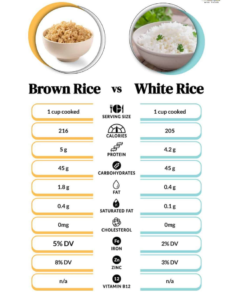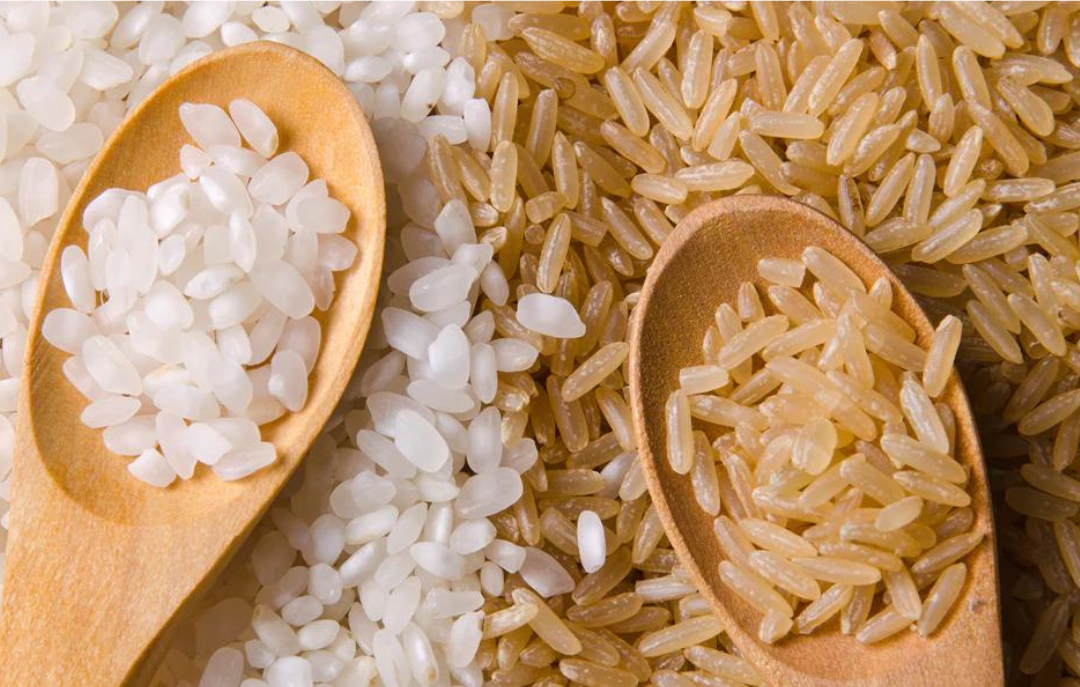Brown Rice vs. White Rice: Which Is Better?
Rice is quite possibly one of the most-eaten foods on the planet and is key to the diets of the majority of the world’s population. Seeing the reason why it’s by and large modest, generally accessible, and loaded with calories is simple. In any case, not everything rice is made equivalent with regards to sustenance. Is earthy-colored rice a superior choice?
What Is the Difference Between Brown Rice and White Rice?
Brown rice and white rice are two staple grains you’ll find in a variety of dishes, but they have some key differences of note.
Brown Rice
Brown rice is an entire grain, meaning it’s the full form of the grain of rice, which incorporates the wheat, microbes, and endosperm.
Nourishment-wise, brown rice has an edge over white rice. “The processing system that strips white rice of its external layer eliminates specific supplements,” says Michelle Routhenstein, RD, a preventive cardiology dietitian at Totally Sustained in New York City. That incorporates magnesium, potassium, and manganese. “These supplements support by and large wellbeing and heart wellbeing by controlling circulatory strain (potassium), advancing energy equilibrium and heart beat consistency (magnesium), and adding to cell reinforcement safeguards (manganese),” she says.
Brown rice likewise contains more niacin, phosphorus, nutrients B1 and B6, and fiber. Fiber is significant as it can assist with weight and cholesterol control. One orderly survey and meta-examination tracked down that each 50 gram (g) (about ¼ cup) serving of brown rice prompted a 13 percent lower hazard of type 2 diabetes, driving specialists to reason that white rice was related to an expanded chance of diabetes while earthy colored rice had the inverse effect.
However, one drawback of brown rice is that it’s been shown to contain arsenic, which is cancer-causing and mutagenic, and it’s ordinarily in brown rice at a pace of around 1.5 seasons of what’s typically found in white rice. It’s not important to fret over this. “Huge, longitudinal examinations are missing, and there is no proof that standard admission of brown rice brings about any medical issues or arsenic harmfulness,” says David Kahana, MD, a board-ensured specialist in clinical sustenance and a formulator for 1MD Nourishment in Los Angeles. In the event that you’re concerned, you can diminish your risk of arsenic openness by flushing your rice prior to cooking (to eliminate about a portion of the arsenic) and don’t consume brown, earthy-colored rice multiple times a week.
White Rice
White rice has been handled to eliminate the microbes and wheat, with the goal that only the bland endosperm remains. Numerous supplements are taken out during that interaction; however, a modest quantity of B nutrients and iron are added once more into white rice that is named “enhanced.”
“White rice is generally devoid of any trace of micronutrients and is simply empty calories,” Dr. Kahana says. It’s likewise viewed as a high-glycemic food, and that implies it can make glucose spike. That implies you’ll get a shock of energy, but at that point, crash rapidly. These patterns of floods and plunges can increase the risk of insulin obstruction.
Nutrition Facts: Brown Rice vs. White Rice
Here’s a closer look at the calories, macronutrients (fat, carbs, protein), and fiber in brown and white rice. Compared with white rice, it’s higher in fiber and has a slight edge in protein.

The Final Word: Which Is Healthier?
Tips on Adding Brown Rice to Your Healthy Diet
- Add it to salads to incorporate whole grains and a different texture to your bowl
- Whip it into stir-fries with lean protein and colorful veggies for a balanced meal
- Stir it into soups and stews, such as a soup recipe with lemon and turkey (which rivals chicken noodle soup!)
- Stuff it into vegetables or fruits, like peppers or zucchini boats

